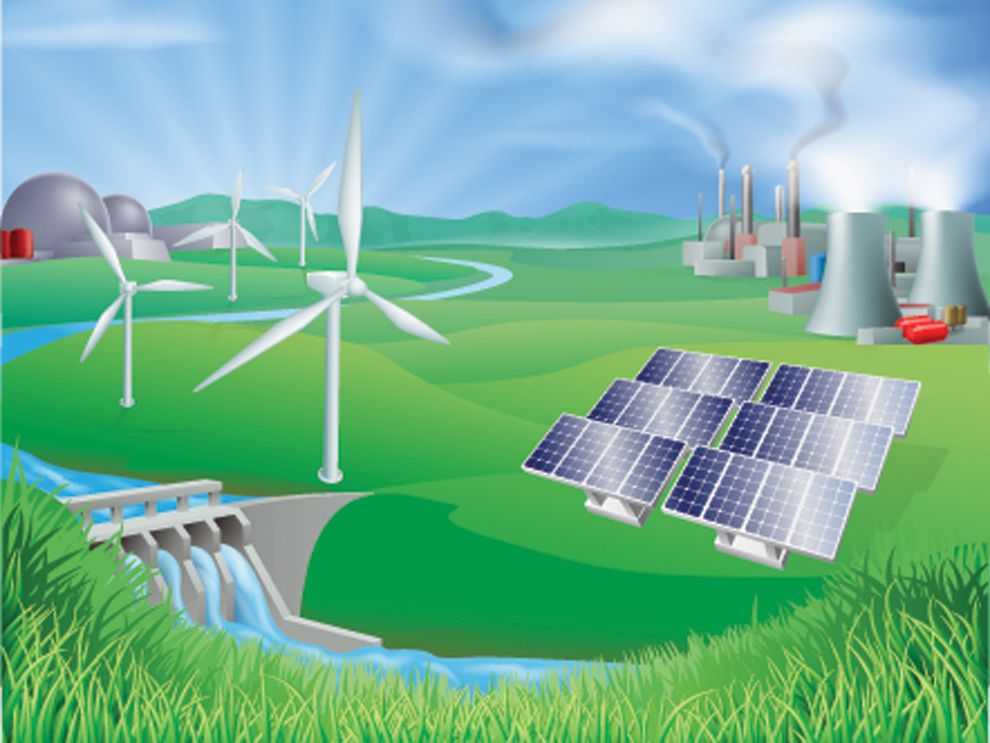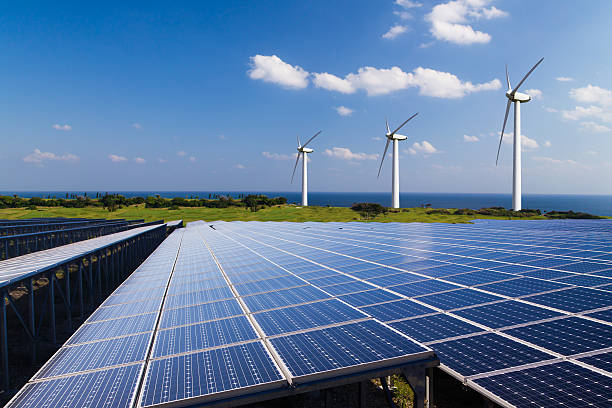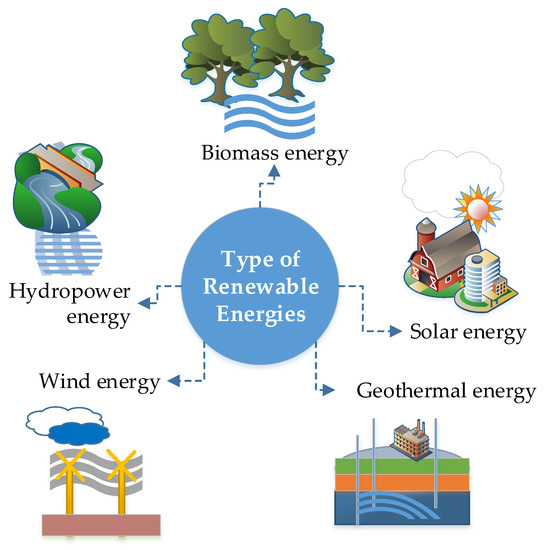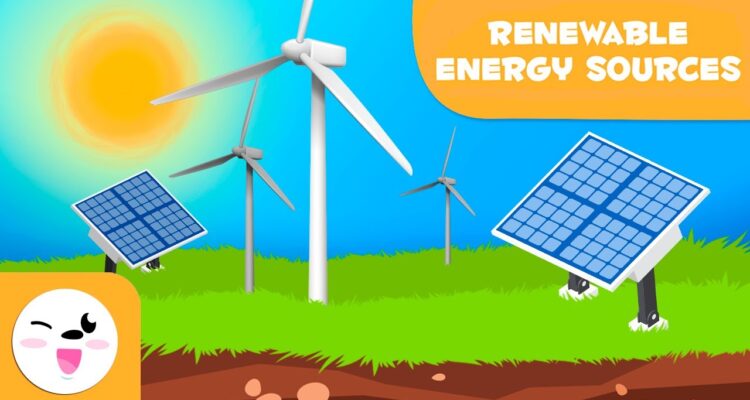In today’s rapidly changing world, the quest for sustainable and clean energy sources has become more critical than ever before. The effects of climate change are becoming more apparent, and the finite nature of fossil fuels looms large. There is a need for a transition turning to renewable energy. Renewable energy can reshape our energy systems, mitigate greenhouse gas emissions, and foster a greener and more sustainable future.

Renewable energy sources derive power from natural and replenishing resources, such as sunlight, wind, water, organic matter, and heat from within the Earth. These sources offer immense benefits over traditional fossil fuels, which contribute to environmental degradation and face the risk of depletion. As explained by David Goodnight, Austin entrepreneur and advocate for renewable energy, we look into the basics of renewable energy sources.
Solar Energy
One of the most widely recognized and accessible forms of renewable energy is solar power. Solar energy technologies convert sunlight directly into electricity or heat. Solar panels, composed of photovoltaic cells, absorb sunlight and generate electrical energy through the photovoltaic effect. Solar thermal systems utilize the sun’s heat to generate steam, which drives turbines to produce electricity. Solar energy presents many advantages, including its abundance, scalability, and the absence of greenhouse gas emissions during operation.

Wind Energy
Another prominent player in the realm of renewable energy is wind power. Wind turbines convert it into electrical energy. Wind farms, consisting of multiple turbines, dot landscapes and coastlines worldwide, harness the wind’s ability to generate clean and sustainable electricity. Wind energy offers numerous advantages, including its vast potential, rapid deployment, and the absence of greenhouse gas emissions during operation. However, locating suitable wind resources and addressing potential environmental and social concerns are essential for wind energy projects.
Hydropower
David Goodnight, texas expert, says Hydropower, also known as hydroelectric power, harnesses the energy of flowing water to generate electricity. It relies on the gravitational force of falling or flowing water to drive turbines, which convert this energy into electrical power. Hydropower is a well-established renewable energy source, with large-scale dams and run-of-river systems as its primary implementations. It offers significant advantages, such as high electricity generation capacity, long-term reliability, and storing water for peak demand periods. Construction of dams can have environmental impacts, affecting ecosystems and local communities, necessitating careful planning and management.
Biomass Energy
Biomass energy utilizes organic matter, such as plant biomass, agricultural residues, and animal waste, to generate heat or electricity. Biomass can be converted into biofuels, biogas or used directly in power plants. The combustion of biomass is considered carbon-neutral, as the carbon emitted during burning is balanced by the carbon absorbed during the growth of biomass feedstocks. Biomass energy presents multiple advantages, including waste management potential, rural development opportunities, and reduced reliance on fossil fuels.

Geothermal Energy
Geothermal energy harnesses the heat from within the Earth to produce electricity or provide heating and cooling. It taps into underground natural heat reservoirs, often near tectonic plate boundaries or hotspots. Geothermal power plants utilize steam or hot water from geothermal reservoirs to drive turbines, generating electricity. Geothermal energy offers reliability, renewability, and minimal greenhouse gas emissions. However, its feasibility is geographically limited to areas with accessible geothermal resources.
Benefits of Renewable Sources
Renewable sources of energy offer numerous advantages, according to David Goodnight, Texas expert, including:
1. Sustainability: Renewable energy derives from naturally replenishing sources, ensuring an ongoing and sustainable energy supply for future generations.
2. Reduced Greenhouse Gas Emissions: Renewable energy sources produce little greenhouse gas emissions during operation, contributing to climate change mitigation.
3. Energy Independence: By harnessing renewable energy sources, nations can reduce their dependence on imported fossil fuels, enhancing energy security and self-reliance.
4. Job Creation: The renewable energy sector can create many jobs, stimulating economic growth and fostering local employment opportunities.
5. Improved Air and Water Quality: Shifting towards renewable energy reduces the emission of pollutants and particulate matter, improving air quality and reducing water pollution.
The Future of Renewable Energy
The future of renewable energy looks increasingly promising. Continued research and development efforts focus on enhancing the effectiveness of renewable energy technologies. Energy storage solutions, such as batteries, address the intermittency challenge associated with renewable sources, enabling reliable integration into the power grid. Moreover, emerging technologies like tidal, wave, and solar thermal energy are being explored, further expanding the potential of renewable energy generation.
Understanding Renewable Sources of Energy
Understanding the basics of renewable energy sources provides a foundation for embracing a sustainable energy future. Solar, wind, hydropower, biomass, and geothermal energy collectively offer diverse solutions to address our energy needs while minimizing environmental impacts. By prioritizing developing and adopting renewable energy, we can drive the necessary transition toward a cleaner, greener, and more sustainable world. As David Goodnight, a Texas entrepreneur, said, Renewable energy is critical to shaping a brighter and more prosperous future for our planet and succeeding generations through continued innovation, investment, and supportive policies.

